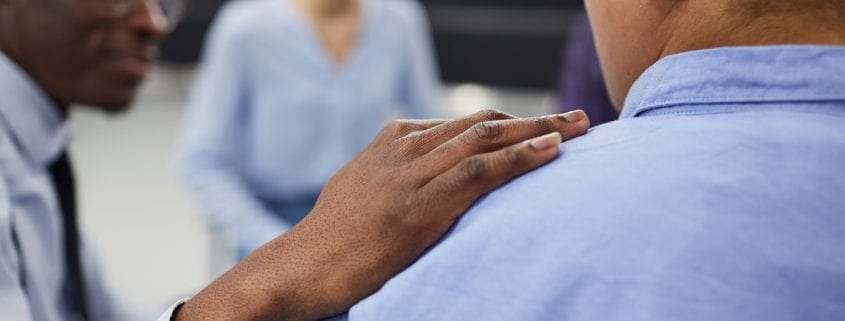Minority Mental Health Month
In this tech-savvy world and through all the medical advancements the world has to offer, there are continued disparities in the mental health world. There are reports, according to the Agency for Healthcare Research and Quality, that state racial and ethnic minority groups in the U.S are less likely to have access to mental health services. The report also includes, minorities are more likely to receive a lower quality of care and use the emergency departments more often than other racial groups. Limited accessibility to quality mental health care ultimately results in poor mental health outcomes such as suicidal ideations and attempts.
According to the Substance Abuse and Mental Health Services Administration (SAMHSA):
- In 2017, 41.5% of youth ages 12-17 received care for a major depressive episode, but only 35.1% of black youth and 32.7% of Hispanic youth received treatment for their condition.
- Asian American adults were less likely to use mental health services than any other racial/ethnic group.
- In 2017, 13.3% of youth ages 12-17 had at least one depressive episode, but that number was higher among American Indian and Alaska Native youth at 16.3% and among Hispanic youth at 13.8%.
In 2017, 18.9% of adults (46.6 million people) had a mental illness. That rate was higher among people of two or more races at 28.6%, non-Hispanic whites at 20.4%, and Native Hawaiian and Pacific Islanders at 19.4%.



